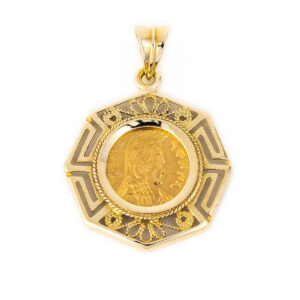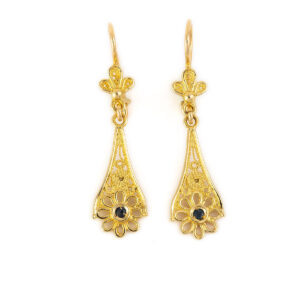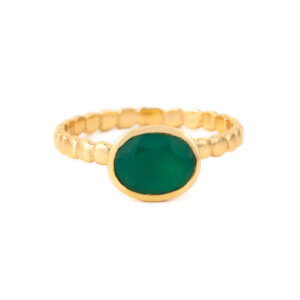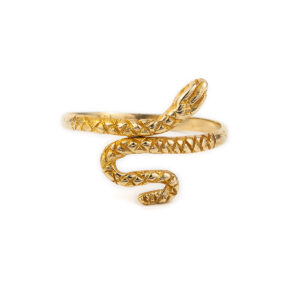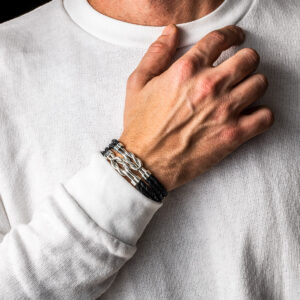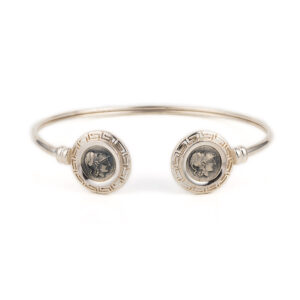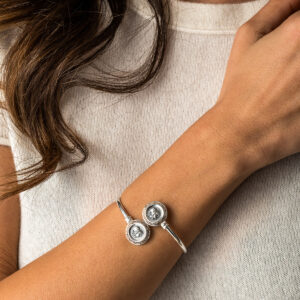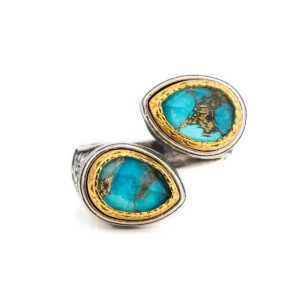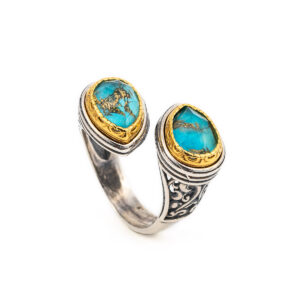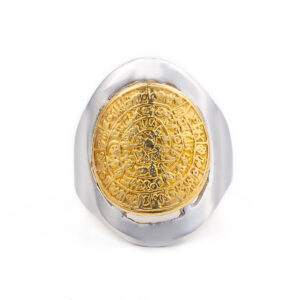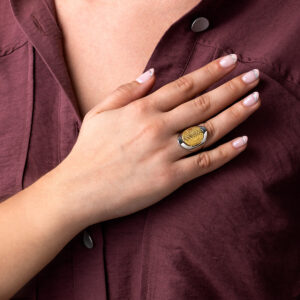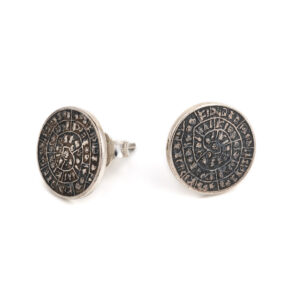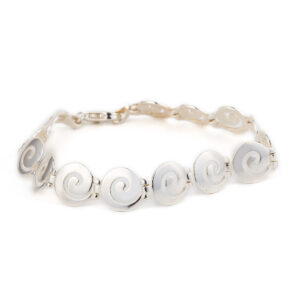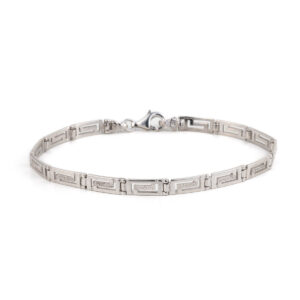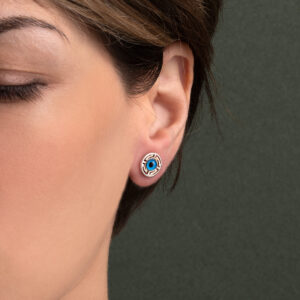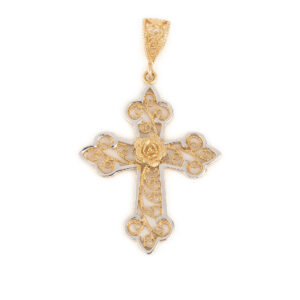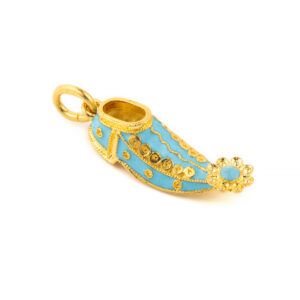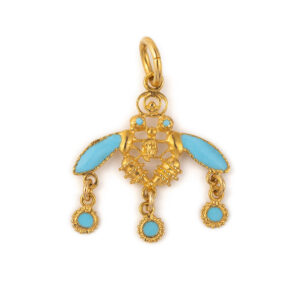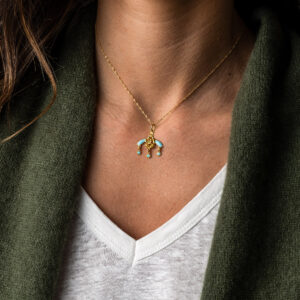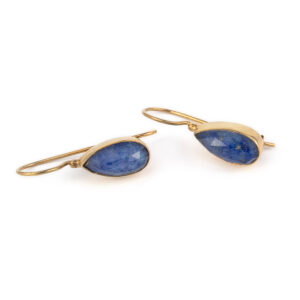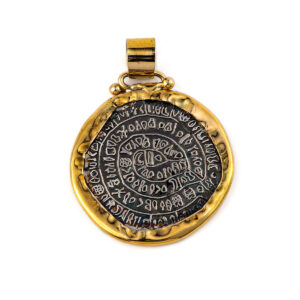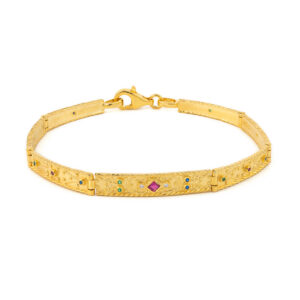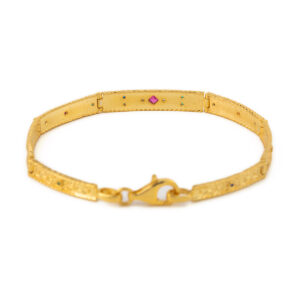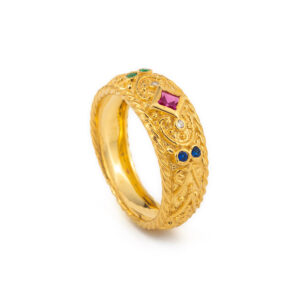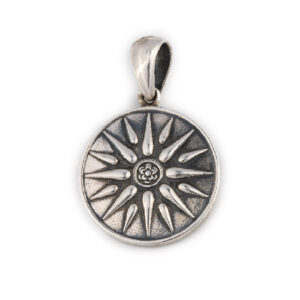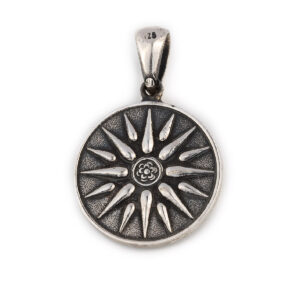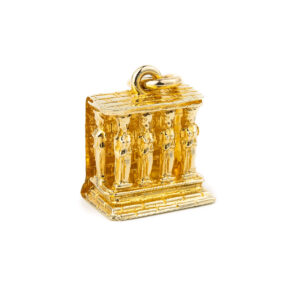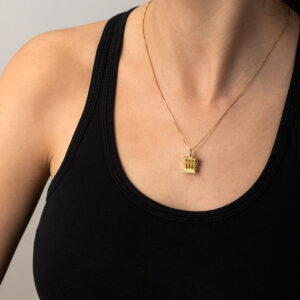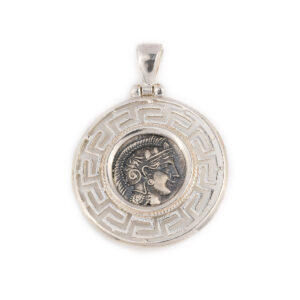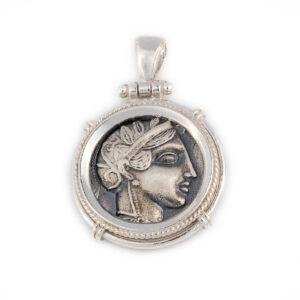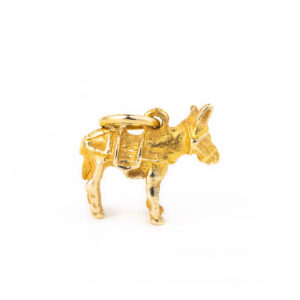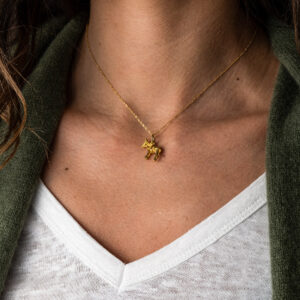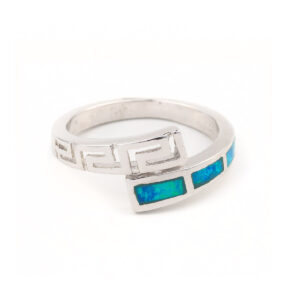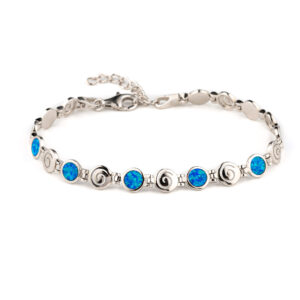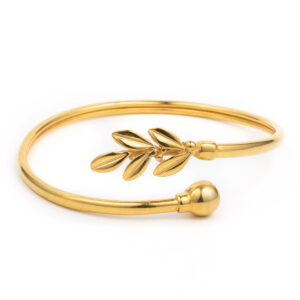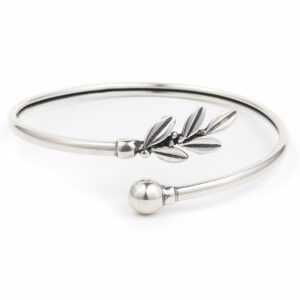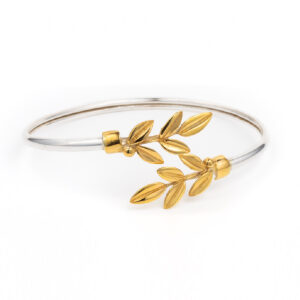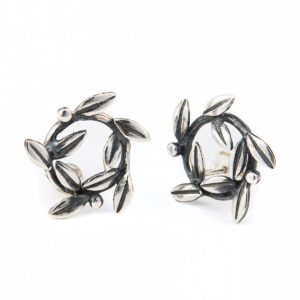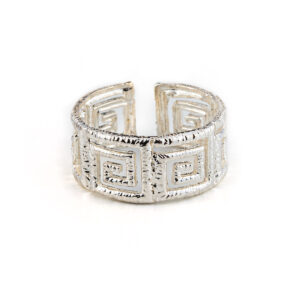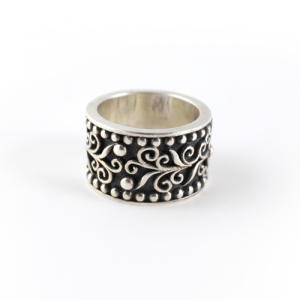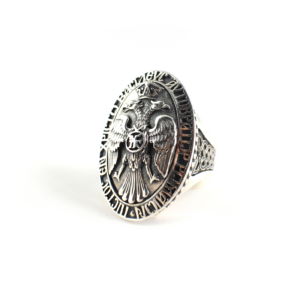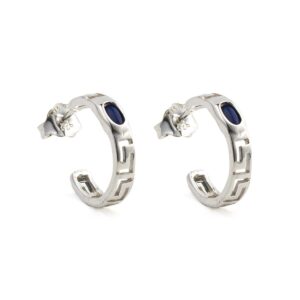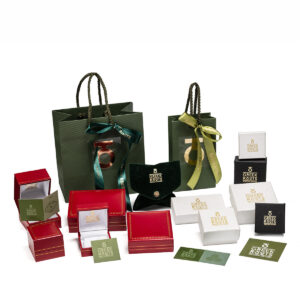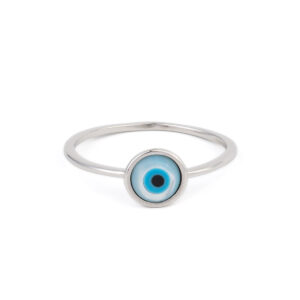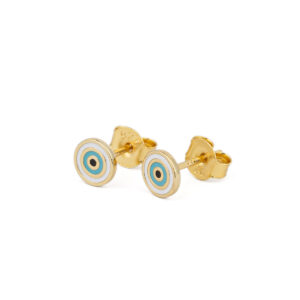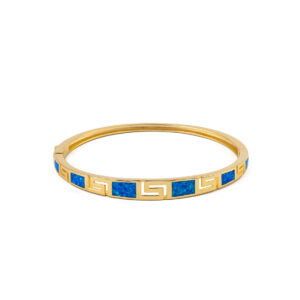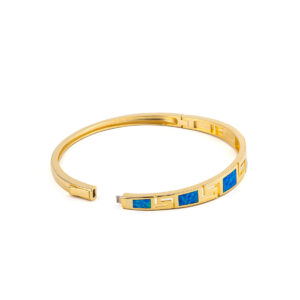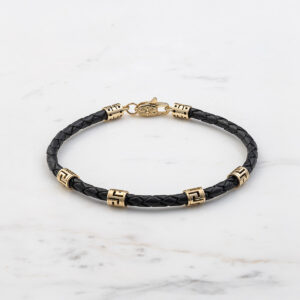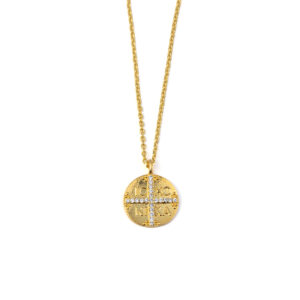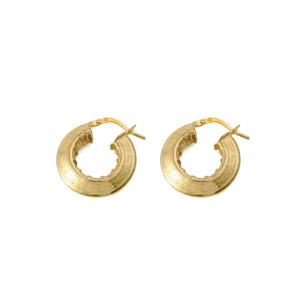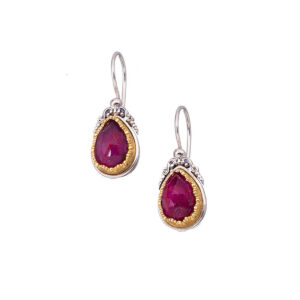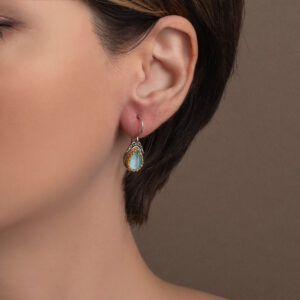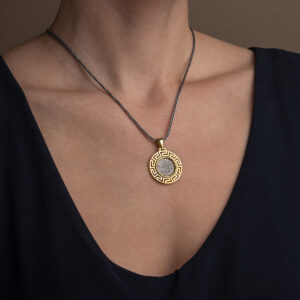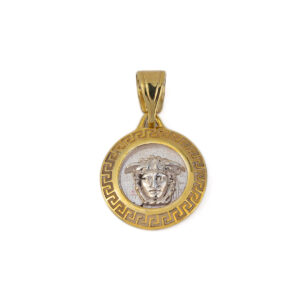Showing 385–432 of 2998 resultsSorted by popularity
Sort by
Material
- leather (58)
- rose gold plated (11)
- 14k gold and sterling silver (119)
- 18k gold and sterling silver (52)
- 18k gold plating (36)
- 9k gold and sterling silver (1)
- Carbon polymide pa12 (8)
- stainless steel (2)
- sterling silver 925 (2303)
- sterling silver and gold plated (5)
- gold (567)
- enamel (141)
- gold plated (1112)
- brass (1)
Design
- Constantinato (22)
- parthenon (1)
- Amphora (3)
- Bouzouki (4)
- Donkey (1)
- Egg (39)
- Greek Temples (8)
- Hercules knot (3)
- Lion (5)
- Medusa (11)
- Minoan (26)
- Pegasus (5)
- Ram (12)
- Snake (21)
- Spartan (24)
- Tsarouchi (2)
- Vergina Sun (26)
- Wisdom Owl (26)
Coin
- Alexander the Great (68)
- Goddess Athena (143)
- Helios Sun God (8)
- Hercules (27)
- Medusa (2)
- Parthenon (1)
- Pegasus (13)
- Theseus and the Minotaur (1)
Stone
- agate (1)
- amazonite (65)
- amethyst (23)
- apatite (41)
- aqua chalcedony (8)
- aquamarine (34)
- black zirconia (3)
- bloodstone (1)
- blue topaz (45)
- carnelian (1)
- chalcedony (10)
- champagne zirconia (2)
- chrysocolla (1)
- chrysoprase (2)
- coral (6)
- cornelius (1)
- crystals (46)
- diamond (3)
- diopside (1)
- emerald (24)
- fildisi (45)
- garnet (22)
- geen onyx (1)
- glass engaving (3)
- golden yellow crystal (16)
- golden yellow zirconia (2)
- green copper (15)
- green onyx (3)
- green peridot zirconia (2)
- green turquoise (2)
- hematite (1)
- jasper (1)
- labradorite (23)
- lapis lazuli (83)
- larimar (6)
- lemon quartz (2)
- light champagne zirconia (2)
- london blue topaz (14)
- london blue zirconia (1)
- malachite (14)
- moonstone (10)
- mother of pearl (50)
- multi stone (11)
- olive green crystal (16)
- onyx (25)
- opal (174)
- pariba (15)
- pearl (99)
- peridot (32)
- peridot green crystal (16)
- pure white crystal (16)
- pure white zirconia (1)
- purple copper (1)
- quartz (5)
- quartz crystal (1)
- rhodolite (6)
- rhodolite violet crystal (16)
- rhodolite zirconia (2)
- rose quartz (3)
- rose red zirconia (2)
- rubinite (7)
- ruby (58)
- sapphire (29)
- sapphire blue corundum (2)
- sodalite (8)
- spinel blue crystal (16)
- swarovski (12)
- tanzanite (4)
- tiger eye (22)
- topaz (4)
- tourmaline (42)
- turquoise (58)
- turquoise copper (19)
- white zirconia (26)
- zircon (313)
- aqua marine (4)
- aventurine (2)
- black onyx (1)
- blue & red (1)
- citrin (2)
- eagle eye (1)
- lava (8)
- london topaz (1)
- purple quartz (2)
- red & green (1)
- rhodochrosite (1)
- rodolite (2)
- rubellite (1)
- rubyzoesite (1)
- tourmalines (1)
- tsavorite (1)
Symbol
Color
- Black & Green (1)
- Blue & Grey (1)
- Grey & Black (1)
- multicolor (2)
- Baby Blue (1)
- Black & Red (3)
- Black (26)
- Blue (60)
- Bordo (7)
- Brown (12)
- Gold (8)
- Green (18)
- Grey (1)
- Haki (1)
- Pink (3)
- Purple (4)
- Red (13)
- Red & Blue (2)
- Silver (6)
- Turquoise (35)
- White (26)
- Yellow (1)



